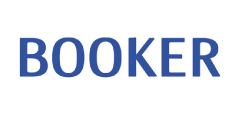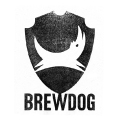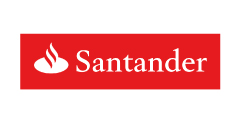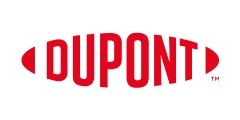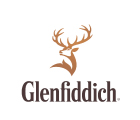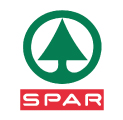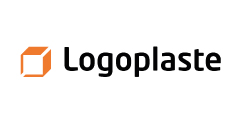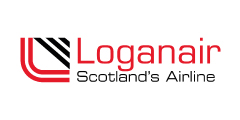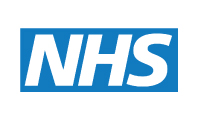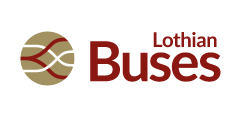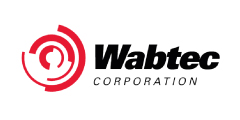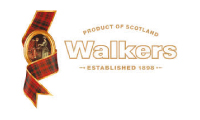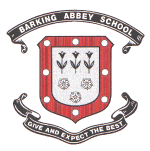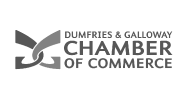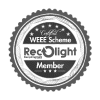Indoor Sports Lighting Codes: Understanding Regulations
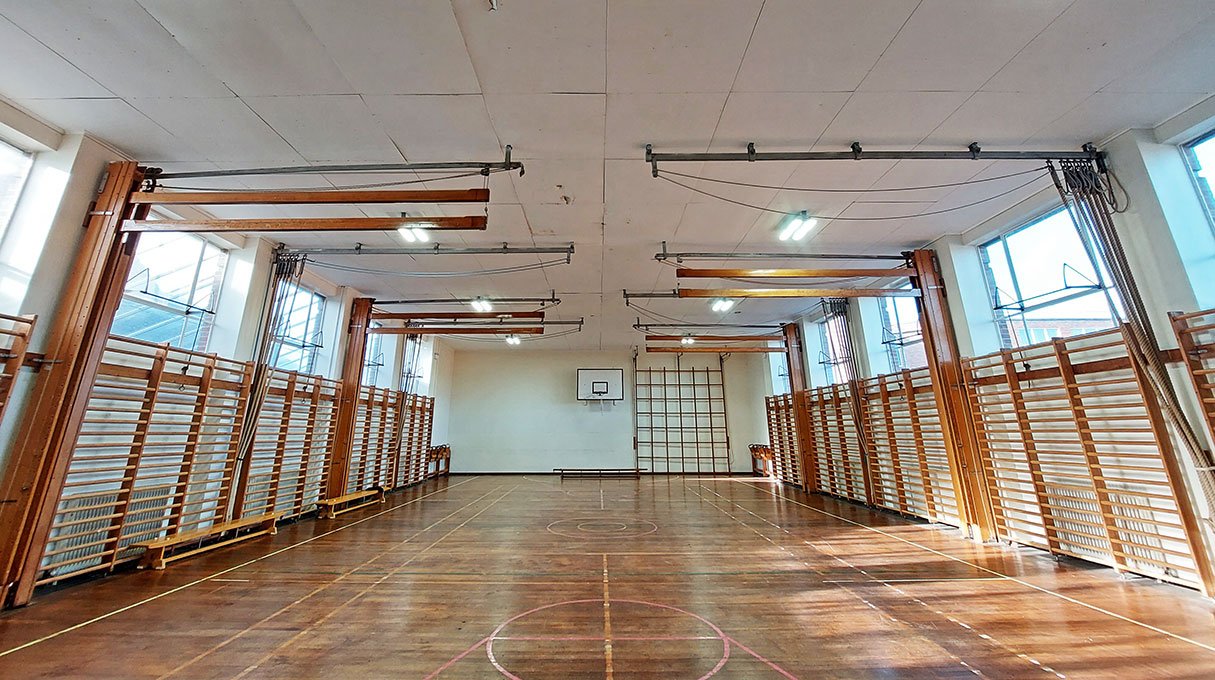
Introduction to Lighting Standards and Codes for Indoor Sports
When it comes to indoor sports, the importance of appropriate lighting cannot be overstated. It not only ensures the safety and performance of the athletes but also enhances the experience of spectators. In the UK, there are specific regulations, codes and standards that govern the lighting for various indoor sports. This article aims to guide you through the process of finding the relevant lighting codes for different indoor sports, highlighting where to look and whom to contact.
Key Takeaways
- Consult BS EN 12193 for the foundational lighting standards for indoor sports in the UK.
- Refer to Sport England for practical guidance on applying these standards to various sports facilities.
- Check with the specific sport's governing body for any additional or sport-specific lighting requirements.
- Don't overlook local authority guidelines, which may have additional requirements or variations.
- CIBSE offers technical guidance on lighting design that can assist in meeting and exceeding standard requirements.
Understanding Lighting Codes and Standards
Before diving into where to find the specific codes, it's crucial to understand what these codes entail. Lighting codes for indoor sports cover several aspects, including illumination levels, uniformity, glare control, and colour rendering. These are designed to cater to the unique requirements of each sport, considering factors like the speed of the game, the size and colour of the ball, and the size of the playing area.
Where to Look for Lighting Codes
1. British Standards (BS EN 12193)
The cornerstone of indoor sports lighting codes in the UK is the BS EN 12193 standard. It's a comprehensive document that provides detailed requirements for various sports. Accessing this document can provide a solid foundation for understanding the specific lighting needs of the sport in question.
Website: BSI Group
2. Sport England Guidance
Sport England offers tailored guidance for lighting across different types of sports facilities. Their documents are an excellent resource for understanding the practical application of lighting standards in sports facilities.
Website: Sport England - Design Guidance
3. CIBSE Guidelines
For a more technical dive into lighting design, the Chartered Institution of Building Services Engineers (CIBSE) provides in-depth guidelines that are invaluable for engineers and designers.
Website: CIBSE – Knowledge
4. Local Authority Requirements
Don't overlook the potential for local variations in lighting requirements. Local authorities may have additional or specific guidelines that need to be adhered to, so it's worth checking with them directly.
5. Contacting Governing Bodies and Competition Organisers
Each sport has a governing body that may provide specific guidance or standards for facility lighting. Contacting these bodies can provide the most direct and relevant information. Below is a list of some indoor sports and their respective governing bodies in the UK:
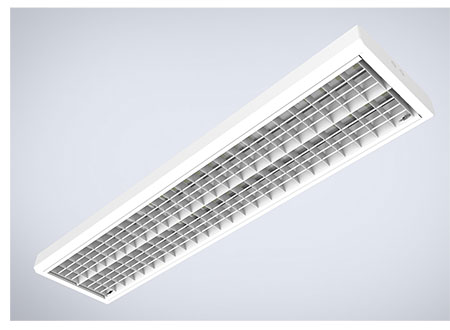
Basketball
- Governing Body: Basketball England
- Website: Basketball England
Badminton
- Governing Body: Badminton England
- Website: Badminton England
Indoor Cricket
- Governing Body: England and Wales Cricket Board (ECB)
- Website: ECB
Indoor Tennis
- Governing Body: Lawn Tennis Association (LTA)
- Website: LTA
Indoor Football/Futsal
- Governing Body: The Football Association (FA)
- Website: The FA
Volleyball
- Governing Body: Volleyball England
- Website: Volleyball England
For sports not listed here, a quick internet search can typically reveal the governing body responsible for overseeing the sport in the UK.
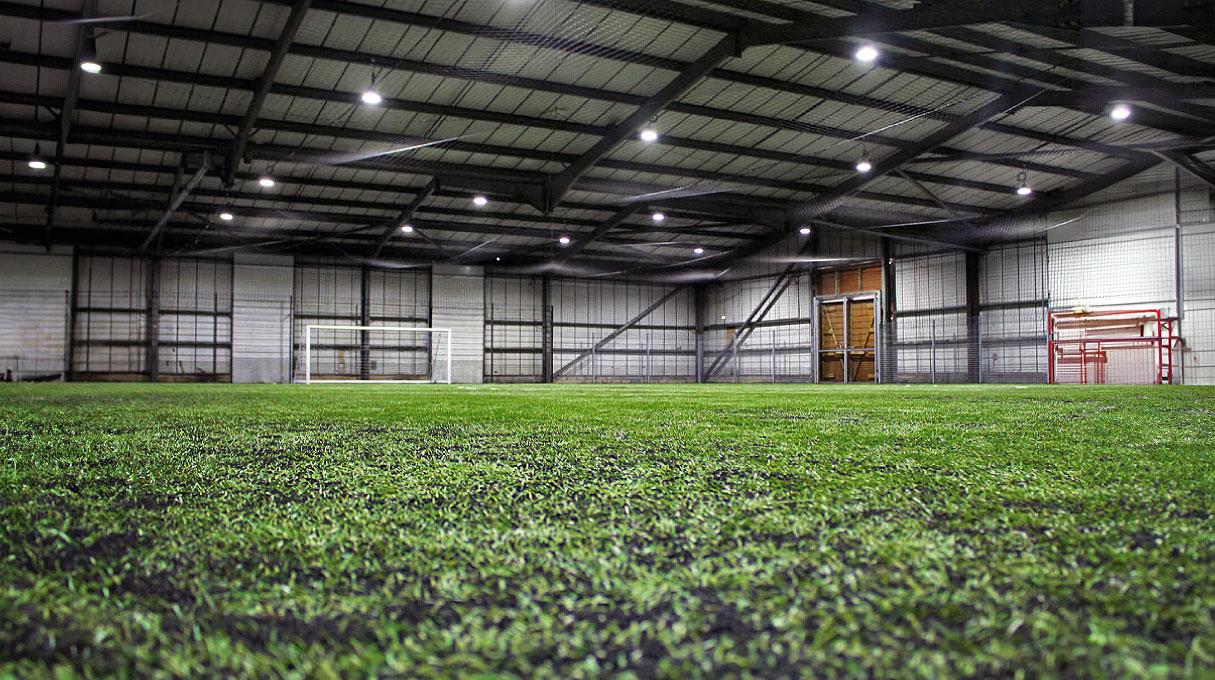
Practical Examples
Consider a badminton facility looking to upgrade its lighting. The facility manager would first consult the BS EN 12193 standard, then review Sport England's guidance, and check with Badminton England for any sport-specific recommendations. If the facility is beholden to is located in a jurisdiction with specific local requirements, contacting the local authority would be the next step.
Conclusion
Finding the appropriate lighting codes for different indoor sports in the UK involves a combination of consulting national standards, guidance from specific sportssport’s governing bodies, and advice from local authorities. By following these steps and utilizing utilising the resources provided, facility operators, designers, and engineers can ensure that their sports facilities meet the necessary lighting standards, thereby enhancing the safety and enjoyment of the sport for all participants.


